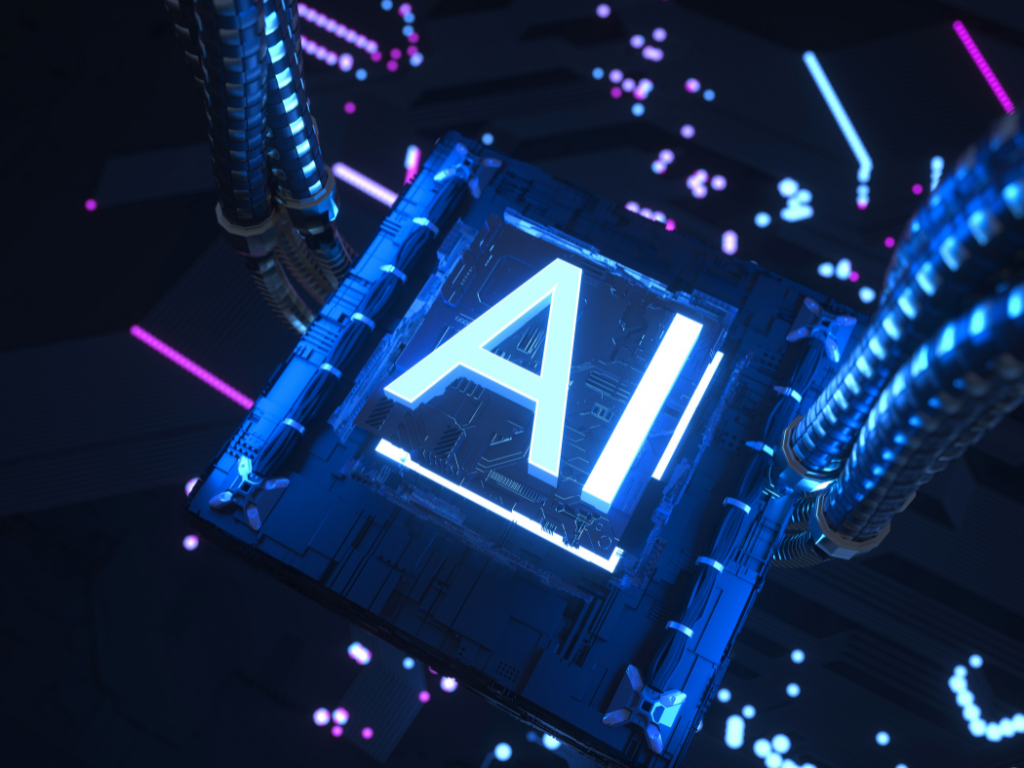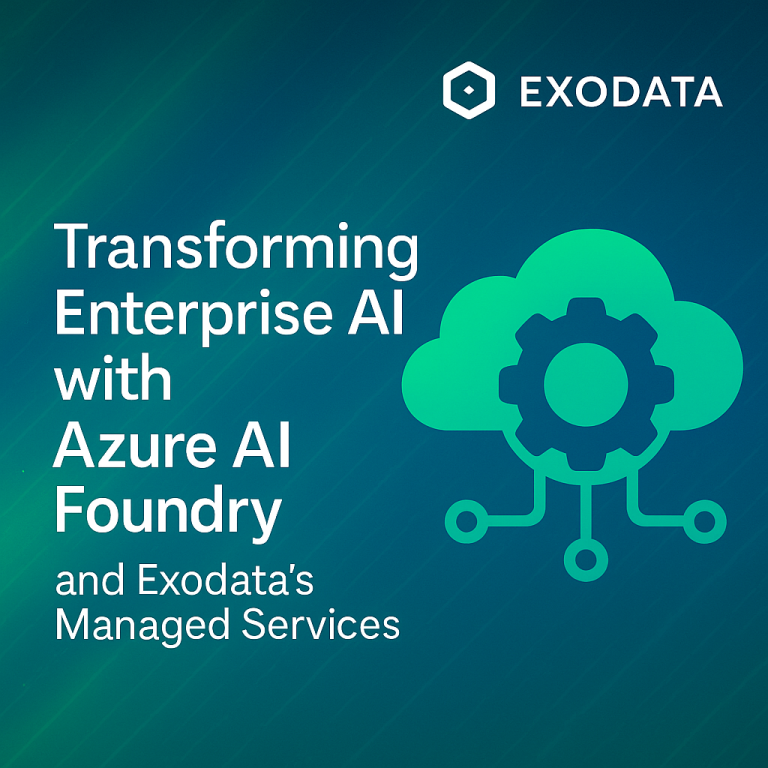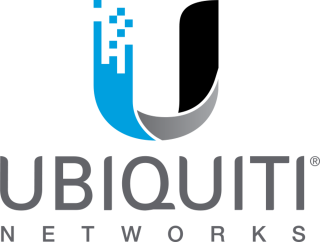In an era where technology continually reshapes the contours of industries, the generative AI landscape stands out as a transformative force. This emerging sphere of artificial intelligence harnesses the power of algorithms to create content that resembles human-like output, revolutionizing how tasks, processes, and services are executed. Its significance extends beyond mere innovation, marking a pivotal shift in the capabilities of AI, and highlighting questions of AI ethics and the unfolding possibilities within digital transformation. As businesses and societies grapple with integrating these advancements, understanding the generative AI landscape becomes crucial for staying ahead in a rapidly evolving world.
This article delves into the intricacies of the generative AI landscape, exploring how cloud services are pivotal in shaping industries through the lens of Retrieval-Augmented Generation (RAG), enabling technologies, and diverse use cases across various sectors. You will gain insights into the advantages of leveraging cloud platforms for deploying generative AI solutions, witnessing its impact on efficiency, scalability, and innovation. Furthermore, we will navigate through the anticipated future trends, challenges in cloud-based AI, including the imperative of balancing innovation with AI ethics. By offering a comprehensive overview, this piece aims to inform your understanding of the generative AI landscape, exploring how it continues to redefine the boundaries of possible across industries.
Introduction to Retrieval-Augmented Generation
Retrieval-Augmented Generation (RAG) systems mark a significant evolution in the field of generative AI by enhancing pre-trained language models with additional, external knowledge sources. These systems are designed to improve the accuracy and relevance of generated responses by integrating information fetched from vector databases. This integration allows RAG systems to offer more precise answers that are contextually aligned with user queries.
Basics of Generative AI
Generative AI involves the use of artificial intelligence to create new content, ranging from text and images to music and videos. By learning patterns and relationships in datasets of human-created content, generative AI models can generate new, human-like content. This capability is powered by foundation models, which are large AI models that can perform multiple tasks such as summarization, question answering, and classification with minimal training.
What Makes RAG Unique
What sets RAG apart is its ability to dynamically integrate enterprise or external data during the inference phase. This means that no matter how extensive the training of a large language model (LLM) is, it can still lack specific, domain-relevant knowledge. RAG addresses this by retrieving relevant information from data sources in real-time, allowing the system to generate responses that are not only accurate but also based on the most current data available. This reduces the occurrence of “hallucinations” or inaccurate responses, making RAG particularly valuable for tasks that demand high accuracy and up-to-date knowledge.
In essence, RAG systems significantly enhance the functionality of generative AI by bridging knowledge gaps and tailoring responses to specific user prompts, thus ensuring that the information provided is both relevant and reliable.
Enabling Technologies for RAG
Retrieval-Augmented Generation (RAG) relies on a sophisticated interplay of cloud services and serverless technology to deliver its robust capabilities. Let’s delve into the core technologies that empower RAG systems.
Role of Cloud Services
Cloud services play a pivotal role in the functionality of RAG systems by providing the necessary infrastructure for data storage and processing. Essential cookies and similar tools are utilized extensively to enhance site functionality and user experience, ensuring that the services are efficient and tailored to user preferences. Performance cookies collect anonymous statistics to improve site performance, which is crucial for maintaining the responsiveness of RAG systems. Moreover, functional cookies help in remembering user settings and preferences, which can be vital for personalized responses in RAG applications.
Importance of Serverless Technology and Storage
Serverless technology, particularly Function as a Service (FaaS), revolutionizes how developers deploy and manage RAG systems. By abstracting the server management, developers can focus solely on code functionality, significantly speeding up the deployment process. This technology not only simplifies resource management but also ensures cost efficiency by charging only for the compute resources used during execution. The scalability of serverless platforms allows for handling increased traffic without manual intervention, making it ideal for AI workloads that may not run at constant levels.
Storage solutions are equally critical. They provide secure, resilient, and durable environments for data, which is essential for the accuracy and reliability of RAG outputs. Advanced storage systems like IBM Cloud Object Storage offer features like immutable data retention and audit control, crucial for compliance and data integrity in sensitive industries such as healthcare and finance.
Together, these technologies create a dynamic ecosystem that supports the continuous evolution and efficiency of RAG systems, enabling them to deliver accurate, up-to-date, and contextually relevant responses across various applications.
RAG Use Cases Across Various Industries
Examples in Legal Services
Retrieval-Augmented Generation (RAG) significantly enhances legal operations by automating the retrieval and summarization of extensive legal documents. This capability is crucial for quickly distilling past legal advice, case precedents, and testimonies into actionable insights. For law firms, RAG expedites legal research by fetching relevant case law and statutes, assisting lawyers in drafting documents that adhere to current standards, and analyzing legal strategies by retrieving similar cases. This automation not only saves time but also increases the accuracy and relevance of legal responses.
Educational Applications
In the realm of education, RAG transforms learning experiences by providing personalized content and interactive learning aids. Generative AI tools, including RAG, facilitate the creation of customized quizzes, educational games, and language exercises that enhance student engagement and comprehension. These tools are particularly effective in creating realistic simulations for science education, allowing for virtual experiments that enrich learning. Additionally, RAG’s ability to generate tailored educational content helps maintain student interest, especially in remote or hybrid learning models.
Healthcare Innovations
Healthcare benefits from RAG through improved personalized treatment plans and enhanced diagnostic accuracy. By integrating patient-specific data like medical records and genetic information, RAG supports precision medicine by enabling more tailored treatment strategies. Furthermore, it reduces the risk of medical errors by retrieving and accurately interpreting drug information and medical guidelines. This capacity for personalization and error reduction is crucial in advancing healthcare services and ensuring patient safety.
Advantages of Using Cloud for Generative AI
Cloud computing has revolutionized the deployment and scalability of generative AI, offering significant advantages that are transforming industries. Here are the key benefits:
Scalability
The ability to scale resources dynamically is crucial for generative AI applications, which often require substantial computational power, especially during the training phase. Cloud platforms allow you to scale up or down based on your needs, ensuring that you can handle the computational demands without the upfront investment in expensive infrastructure.
Cost Savings
Using cloud for generative AI converts large capital expenditures into more manageable operational costs. You pay only for the resources you use, which allows for better budget management and reduces the financial barriers to entry for leveraging advanced AI technologies. This pay-as-you-go model helps in optimizing resource utilization and controlling expenses, making it a cost-effective solution for businesses of all sizes.
Improved Performance
Cloud providers offer high-performance computing resources that are essential for training and running complex AI models. These resources, including GPUs and TPUs, are available on-demand and can be scaled according to the workload requirements, ensuring efficient processing times and quicker deployment of AI capabilities. Moreover, cloud environments are continuously updated with the latest technology, which means your AI solutions are always powered by the most advanced infrastructure available.
These advantages make cloud computing an indispensable part of the generative AI landscape, providing the agility and efficiency required to innovate and stay competitive in the fast-evolving tech world.
Future Trends and Challenges in Cloud-based AI
Artificial Intelligence (AI) and Machine Learning (ML) continue to revolutionize technology, enabling data-driven decisions and personalized experiences. As cloud-native app development becomes more integrated with AI and ML, several trends and challenges are emerging that will shape the future landscape.
Upcoming Technologies
The demand for AI-powered cloud services is on the rise, providing more tools and options for leveraging these technologies. Future advancements in AI hardware, such as specialized chips and accelerators, are set to improve the performance and efficiency of AI algorithms in cloud environments. Moreover, the development of hybrid cloud architectures will enable seamless integration of on-premise and cloud-based AI resources, optimizing performance, scalability, and security.
Potential Challenges and Solutions
One major challenge in implementing AI/ML in cloud-native apps is ensuring seamless data integration. To overcome this, robust data integration strategies using cloud-native platforms, such as AWS Glue or Azure Data Factory, are essential. Additionally, managing the scalability and resource efficiency of cloud-native apps is crucial. Embracing containerization and orchestration with tools like Docker and Kubernetes can help manage resources dynamically and ensure scalability.
Security remains a paramount concern, with the need for a comprehensive strategy to protect sensitive data and ensure compliance with regulations like GDPR or HIPAA. Employing encryption, access control mechanisms, and cloud-native security services such as AWS IAM or Azure Active Directory can safeguard data and maintain compliance.
As the AI landscape evolves, ensuring the ethical development and use of AI technologies is crucial. Organizations must focus on creating transparent AI algorithms to maintain trust and accountability in AI-driven solutions. This includes implementing measures to prevent data biases and ensuring that AI models are aligned with ethical guidelines.
By addressing these challenges and leveraging upcoming technologies, businesses can harness the full potential of AI and cloud computing to drive innovation and efficiency.
Conclusion
Throughout this exploration of the Generative AI landscape, we’ve seen how cloud services and technologies like Retrieval-Augmented Generation (RAG) are not only enhancing the capabilities of generative AI but also shaping the future of multiple industries. From streamlining legal research and personalizing education to advancing healthcare through precision medicine, the integration of cloud computing has proven to be a cornerstone for deploying scalable, efficient, and innovative AI solutions. These advancements echo a broader trend of digital transformation, underpinned by the powerful synergy between artificial intelligence and cloud technologies.
Looking ahead, the importance of navigating the challenges associated with cloud-based AI—such as data security, ethical AI development, and maintaining regulatory compliance—cannot be overstated. As organizations and industries continue to harness the transformative potential of generative AI, staying informed and proactive in adopting these emerging technologies will be paramount. In doing so, they not only ensure a competitive edge in a rapidly evolving landscape but also contribute to shaping a future where AI-driven solutions are developed responsibly and beneficially for all.
FAQs
1. What impact does generative AI have on various industries?
Generative AI significantly boosts productivity and has a profound economic impact. According to McKinsey research, it has the potential to contribute up to $4.4 trillion annually to the global economy. This technology is pivotal in enhancing labor productivity across diverse sectors, marking a new era in productivity advancement.
2. Why is cloud computing important for the AI sector?
Cloud computing plays a crucial role in the AI sector by facilitating the automation of tasks, minimizing human errors, boosting efficiency, and implementing cost-saving strategies. The deployment of AI software in cloud environments provides users with seamless, interconnected experiences, thereby enhancing overall productivity.
3. What makes a cloud environment essential for generative AI?
A cloud environment is vital for generative AI due to several reasons: it provides ample storage for large data sets necessary for machine learning, ensures robust security features and management, automates tasks efficiently, and aids in the detection and classification of malware and websites.
4. What is one advantage offered by cloud service providers in their AI services?
Cloud service providers enhance their AI services by offering comprehensive security measures that protect data during storage and processing. These AI-enhanced cloud services proactively identify and address security threats, thereby fortifying data protection.










